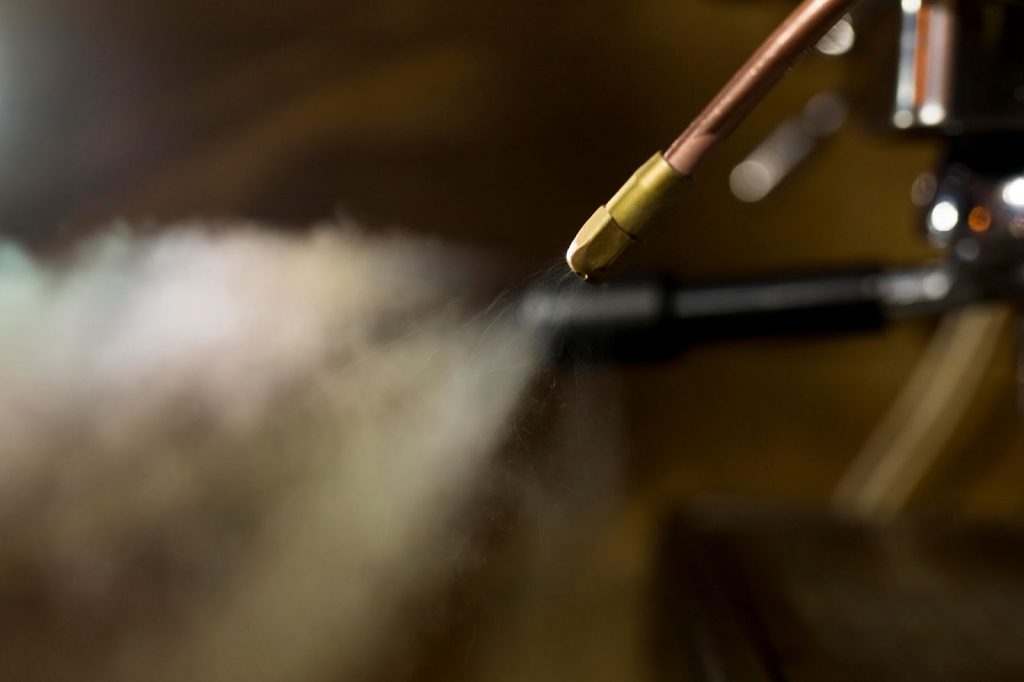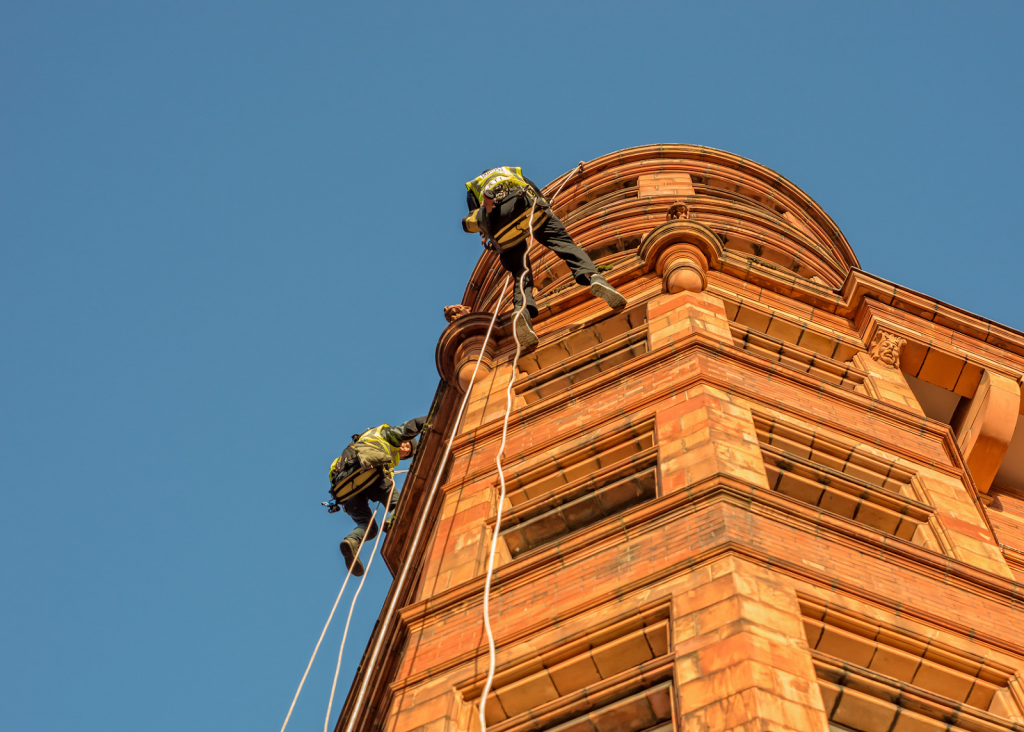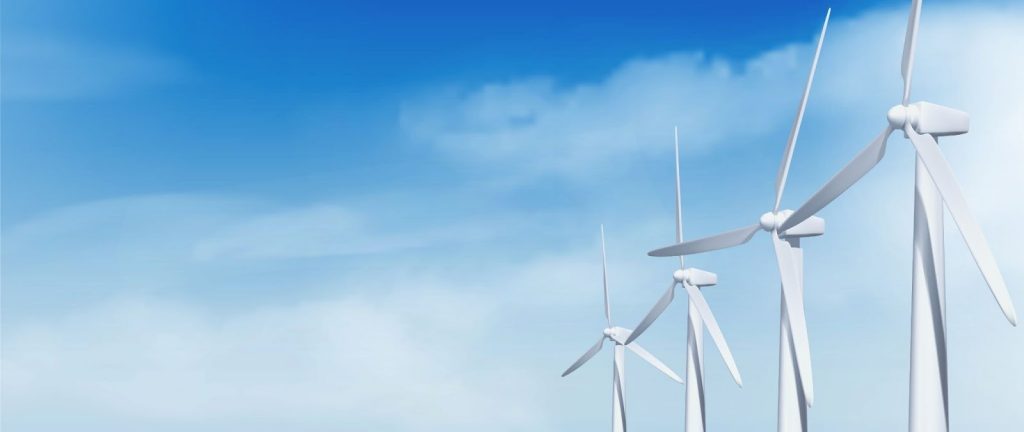
Britain’s commitment to achieving net zero by 2050 has never been more pressing, with renewable energy playing a crucial role in the transition.
Behind this progress lies an intricate network of infrastructure requiring specialised maintenance and inspection services. Wind turbines towering above coastal waters, solar arrays stretching across rooftops, and energy storage facilities dotting the landscape all demand precision care to maintain peak performance.
Let’s explore how rope access techniques are becoming indispensable to Britain’s renewable energy ambitions and the critical role these services play in maintaining our sustainable future.
The Current State of UK Renewable Energy Infrastructure
The renewable energy sector has experienced remarkable growth across Britain. This expansion encompasses offshore wind farms stretching across coastal waters, solar installations blanketing commercial rooftops, and energy storage facilities emerging throughout the countryside.
According to the National Grid, individual renewables have contributed the following to the UK’s electricity generation in 2023:
- Wind power accounted for 29.4% of the country’s electricity supply, making it the largest renewable contributor.
- Biomass energy, generated by burning organic materials, contributed 5% to the renewable mix.
- Solar power supplied 4.9%, supporting both residential and commercial energy needs.
- Hydropower, including tidal energy, represented 1.8%, playing a smaller yet consistent role in sustainable energy production.
Each infrastructure type presents distinct operational requirements. Offshore turbines operate in harsh marine environments where salt spray accelerates corrosion and weather windows limit maintenance opportunities. Solar farms require precise alignment and cleanliness to maximise energy capture, whilst rooftop installations must integrate seamlessly with existing building systems.
The supporting infrastructure includes transmission towers carrying power across vast distances, substations managing electrical distribution, and battery storage facilities providing grid stability. These components form an interconnected network where any single failure can cascade throughout the system.
Modern renewable installations increasingly incorporate smart monitoring systems and automated controls. However, these technological advances cannot replace the need for human expertise in maintenance, inspection, and repair activities that ensure optimal performance throughout equipment lifecycles.
How Rope Access Supports Wind Energy Operations

Wind turbine maintenance is one of the most demanding applications within the renewable energy sector. These towering structures, often exceeding 100 metres in height, require regular inspection and maintenance to operate at peak efficiency.
Blade Inspections
Blade integrity is crucial for turbine efficiency, and rope access technicians use advanced non-destructive testing methods to assess their condition. Techniques such as ultrasonic thickness measurements, thermographic imaging, and surface penetrant testing help identify internal defects, delamination, and leading-edge erosion, all of which can affect aerodynamic performance.
Lightning Protection
Wind turbines are vulnerable to lightning strikes, making periodic verification of protection systems essential. Technicians inspect receptor installations, conductor continuity, and earthing connections to prevent electrical damage and maintain safety during storms.
Nacelle and Gearbox Maintenance
When internal crane systems fail or require servicing, rope access provides a practical solution for technicians to reach lubrication points, cooling system components, and monitoring equipment without disrupting primary lifting mechanisms. This method ensures efficient maintenance while minimising downtime.
Adapting to Weather and Grid Demand
The flexibility of rope access operations allows maintenance teams to schedule work around weather conditions and grid demand patterns. Rapid mobilisation ensures that critical tasks are completed efficiently, reducing turbine downtime during peak generation periods.
Rope Access in Solar Panel Maintenance and Building Integration
Routine surface cleaning is not enough to maintaining building-integrated photovoltaic systems. Modern solar installations incorporate microinverters, power optimisers, and monitoring systems, all of which demand specialised diagnostic tools and technical expertise to ensure peak performance.
Electrical Fault Detection and Efficiency
Identifying electrical faults is a key aspect of solar panel maintenance. Rope access technicians use infrared thermography to detect failing connections, bypass diodes, and cell-level defects that can reduce efficiency. Additional tests, such as string voltage measurements and insulation resistance checks, help maintain electrical safety while optimising energy output.
Structural Integrity and Long-Term Stability
As solar installations age, building movement can affect mounting systems, making structural assessments essential. Technicians inspect attachment points, weather seals, and thermal expansion joints to prevent water ingress, which could damage both the solar panels and the underlying structure.
Bird Deterrent Systems and Ventilation
Solar panels can unintentionally attract birds, particularly in large-scale installations. The reflective surfaces may resemble water, leading birds to attempt landing, while the warmth generated by panels makes them appealing nesting sites. However, this interaction poses risks both to the birds and the efficiency of the solar arrays.
Birds nesting under or around solar panels can lead to accumulated debris, droppings, and potential damage to wiring, reducing overall system performance. Additionally, some solar farms have reported instances where birds collide with panels or are affected by concentrated solar energy, raising concerns about wildlife safety.
To mitigate these issues, rope access teams install and maintain bird deterrent systems designed to prevent nesting without compromising panel functionality. These measures include protective netting, angled barriers, and ultrasonic deterrents, ensuring adequate ventilation while minimising disruptions to energy production. Implementing these strategies enable solar operators to maintain efficient power generation while reducing unintended environmental impacts.
Smart Inverter Maintenance and Grid Compliance
Modern smart inverter systems require firmware updates and configuration adjustments to remain compliant with grid regulations. Rope access technicians coordinate these updates with building management systems and utility providers, ensuring seamless operation as regulatory standards evolve.
Safety Considerations for Working at Height on Renewable Energy Installations
Maintaining renewable energy infrastructure at height requires strict safety protocols that go beyond standard rope access procedures. The electrical components of these systems introduce additional risks, making specialised training and equipment essential for technicians.
Electrical Safety and Risk Management
Technicians working on solar panels, wind turbines, and energy storage systems must be well-versed in electrical safety measures to prevent accidents. This includes:
- lockout/tagout procedures to isolate energy sources before maintenance
- personal protective equipment (PPE) designed for electrical environments
- emergency response protocols for electrical incidents
- coordination with system operators to ensure safe work conditions
Weather Monitoring and Work Planning
Exposure to harsh weather conditions adds another layer of complexity to maintenance work. Wind speeds, precipitation, and visibility directly impact safety and efficiency. Experienced teams rely on detailed weather monitoring and flexible scheduling to minimise risks and ensure safe working conditions.
Integrating Rope Access with Energy Operations
Rope access maintenance must be carefully coordinated with energy system operations to avoid disruptions. Work schedules must align with generation cycles, grid demands, and facility safety protocols, ensuring that maintenance activities support continuous and reliable energy production.

Economic Benefits of Rope Access in Renewable Energy
Rope access offers significant financial advantages for renewable energy maintenance, making it a cost-effective solution throughout a project’s lifecycle.
One of the most notable benefits is the minimised operational downtime. Wind turbines generate revenue continuously when operational, so rapid maintenance is essential. Rope access teams can mobilise quickly, complete work efficiently, and restore systems faster than crane-dependent alternatives.
Additionally, transportation costs are significantly lower. Unlike large cranes and aerial work platforms, rope access equipment is lightweight and portable, reducing logistical complexity and associated expenses—especially for remote installations.
The versatility of rope access allows technicians to handle multiple maintenance tasks in a single visit, cutting down on travel costs, accommodation expenses, and administrative overhead while maximising productive work time.
Proactive maintenance also helps lower insurance and risk management costs. Regular inspections identify potential issues before they escalate, reducing the likelihood of costly claims and supporting lower insurance premiums.
Supporting Grid Reliability Through Preventive Maintenance
Britain’s electrical grid relies on consistent performance from renewable energy installations to meet carbon reduction targets. Rope access plays a crucial role in preventive maintenance, ensuring grid stability and reliability.
Routine inspections help detect component degradation before it impacts energy output, preventing sudden failures that could disrupt local grid segments or require emergency repairs during peak demand periods.
Detailed documentation from rope access inspections supports asset management. It helps facility operators optimise replacement schedules and budget allocation. It also allows maintenance activities to align with grid demands and seasonal energy patterns.
Technicians often identify performance improvement opportunities during routine maintenance, leading to upgrades that enhance energy output, extend equipment lifespan, and improve operational efficiency.
Additionally, rope access teams collect valuable performance monitoring data, including:
- vibration measurements to detect mechanical wear
- thermal imaging to identify electrical connection issues
- visual documentation to track component condition over time
- environmental monitoring to assess performance in varying weather conditions
Future Developments in Renewable Energy Access
As renewable energy advances, rope access techniques continue to evolve to meet new challenges while maintaining safety and efficiency.
Floating offshore wind installations require specialised access solutions due to platform stability and motion considerations, prompting adjustments in procedures and equipment. Similarly, the rise of energy storage facilities introduces maintenance challenges, particularly in managing electrical and chemical hazards like fire suppression systems and toxic gas exposure.
The integration of artificial intelligence and drone technology is enhancing inspection efficiency and data accuracy, complementing human expertise while preserving the precision and problem-solving abilities of experienced technicians.
Conclusion
Britain’s renewable energy ambitions rely on the efficiency and reliability of existing infrastructure. Maintaining wind turbines, solar installations, and supporting energy systems requires specialised expertise, and rope access services provide the precision and flexibility needed to meet these demands while ensuring cost-effective maintenance throughout a project’s lifecycle.
From offshore wind farms enduring North Sea conditions to solar arrays integrated into London’s skyline, rope access offers a safe and efficient solution where conventional methods fall short. Its ability to navigate complex structures with minimal disruption makes it an indispensable tool in the renewable energy sector.
As Britain moves closer to its net zero targets, the role of professional rope access teams becomes increasingly vital. Their expertise ensures that renewable energy infrastructure remains fully operational, supporting both environmental sustainability and energy security for the nation.


















